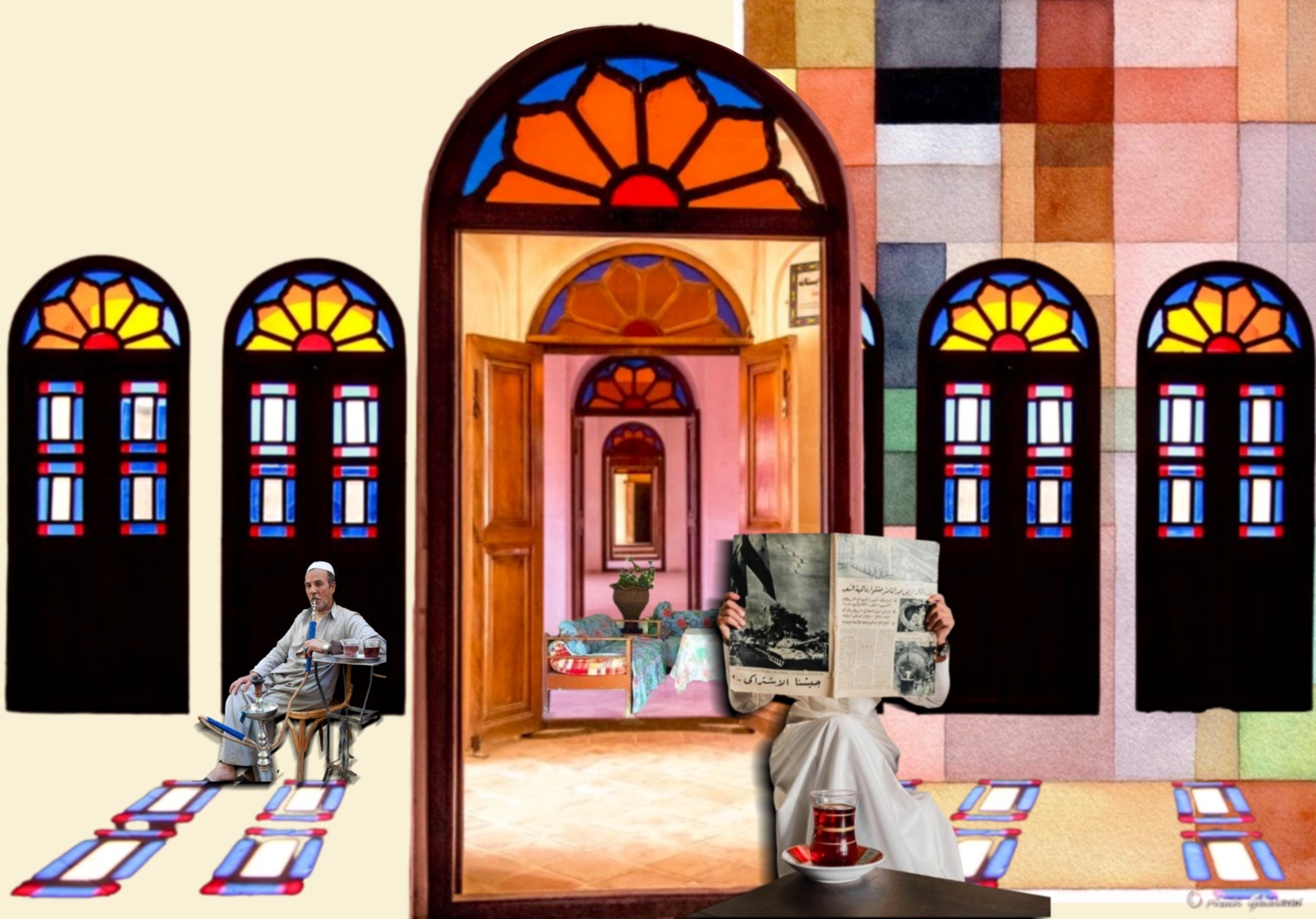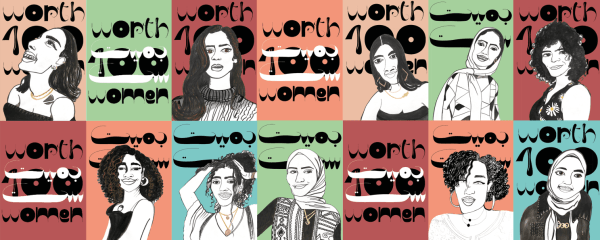This collaboration between Architecture and Spatial Design Foundation students and the CSM Museum & Study Collection used object-based learning to inspire new spatial responses to diverse graduate acquisitions, from imagining Carnaby Street as a destination for Black history education, to celebrating cultural identities in domestic and shared spaces.
Heterotopias is a curriculum project in which Foundation Art and Design (FAD) students were challenged to create diorama models of public engagement spaces, inspired by objects acquired by the CSM Museum & Study Collection through the annual Graduate Award. These spatial proposals invited critical engagement with a selection of work by CSM alumni from diverse disciplines and cultural backgrounds, curated according to four key themes: identity, health and care, social justice, and climate emergency.
The Heterotopias exhibition in the CSM Museum & Study Collection Window Gallery opens at 2pm on Thursday 25 January, and invites us to explore the connection between the museum’s objects and the models created by FAD students against a backdrop of process images.

Heterotopias is an extension of Birch’s own practice, Pavillion, which is a critical spatial approach that seeks to explore and reframe engagement with art, collections, and archives.
“Much of the work I have produced takes a radical approach to exhibition design, making the roles of Architect, Artist, Curator and Publics more interchangeable and destabilising the hierarchy in the reception of art and artifact,” he explains.
Beyond having students’ work exhibited by an accredited museum, this project is part of UAL’s wider strategy to decolonise the curriculum and understand institutional critique.
-
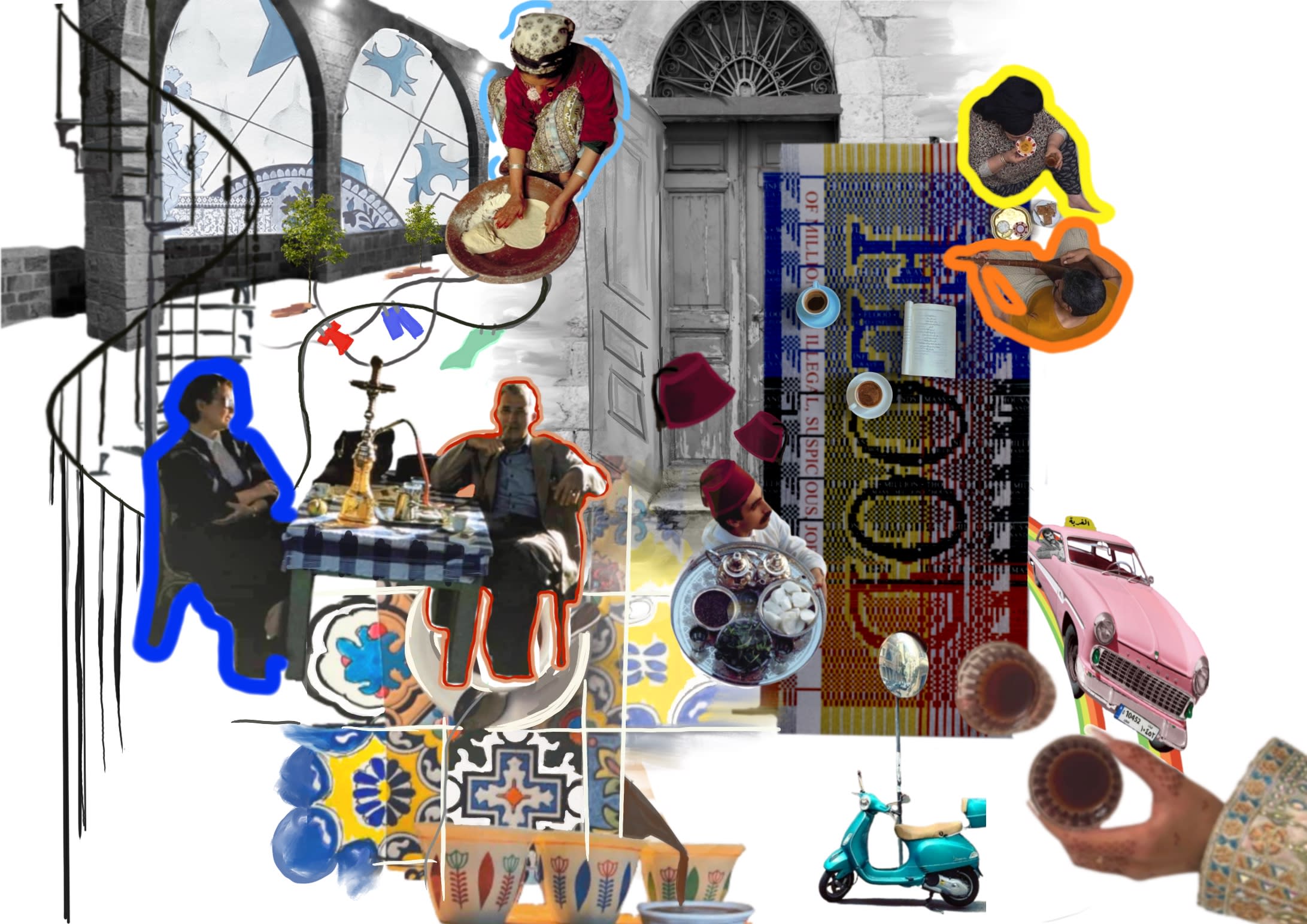
Adriana Kabalan, Foundation Art and Design
-
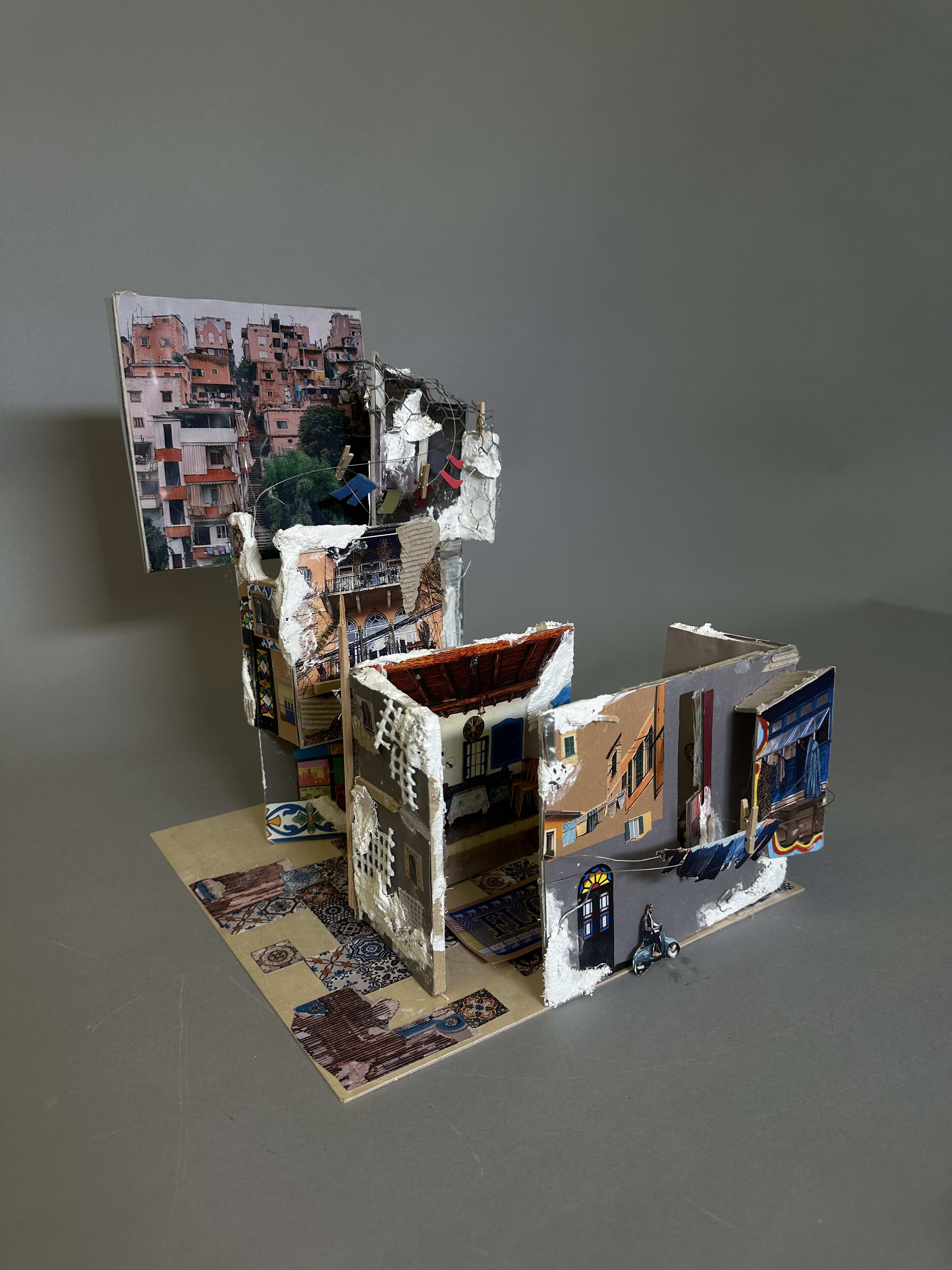
Adriana Kabalan, Foundation Art and Design
-
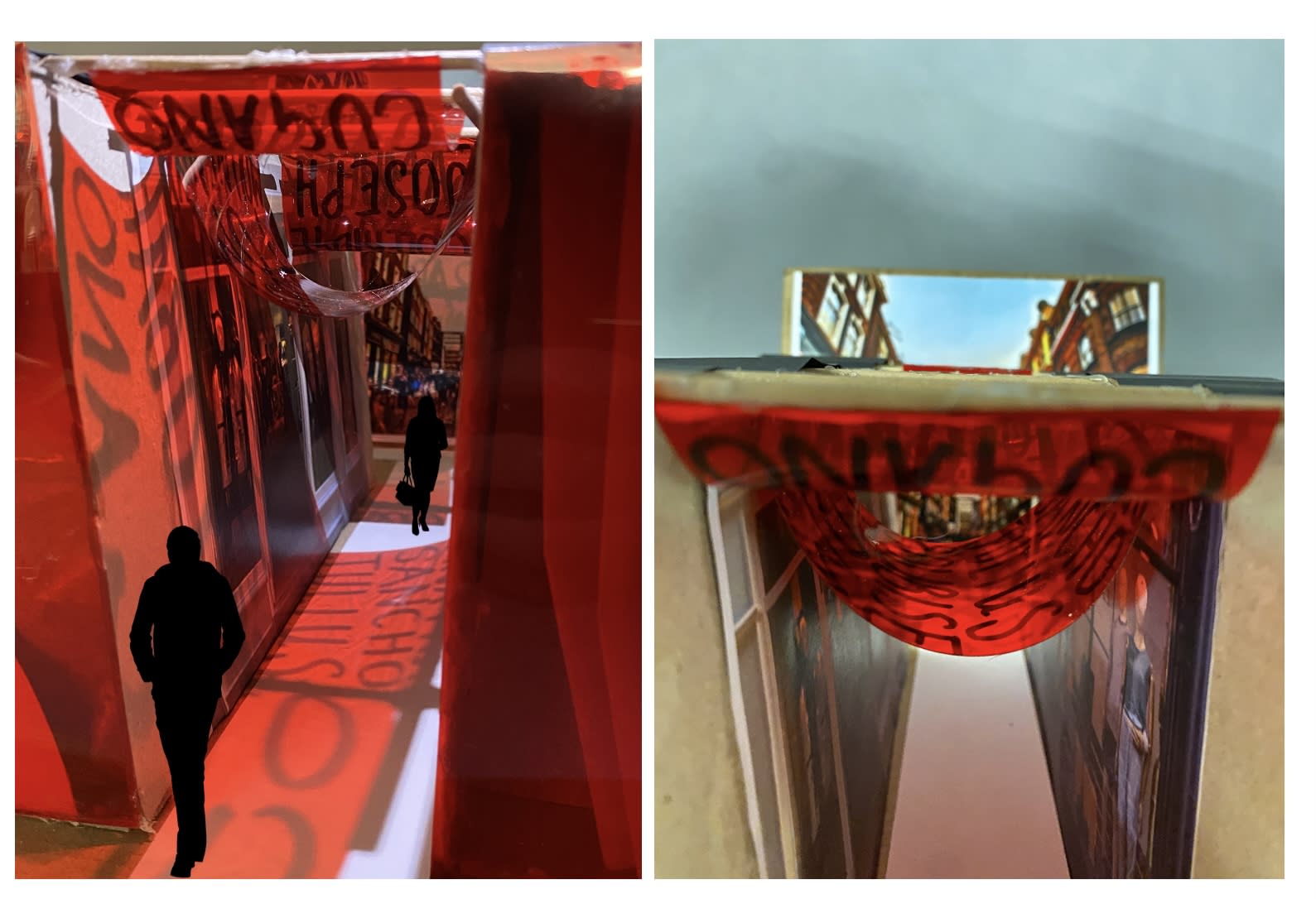
Charlotte Pearce, Foundation Art and Design
-
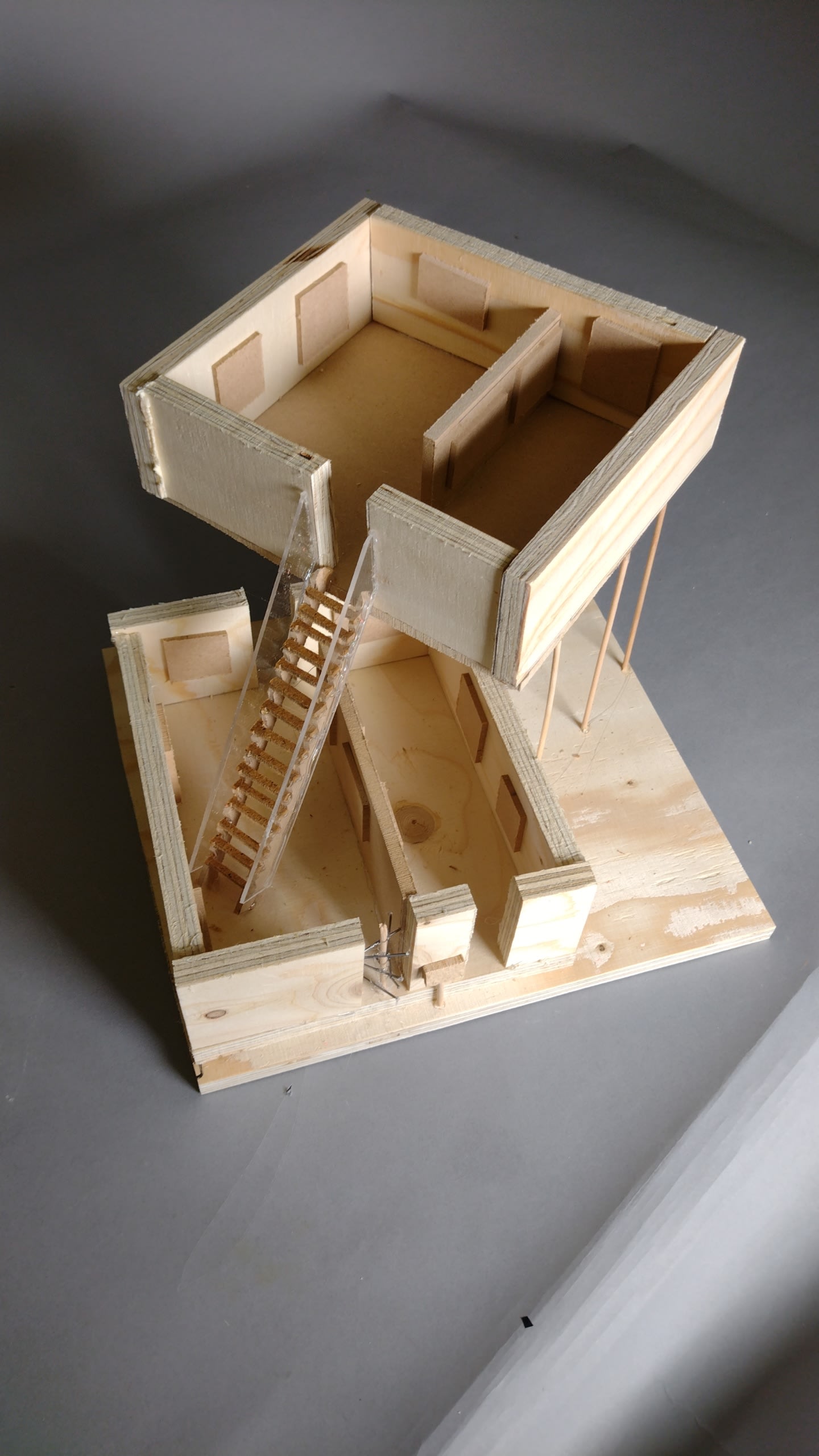
Osapolo Ighodalo, Foundation Art and Design student
-
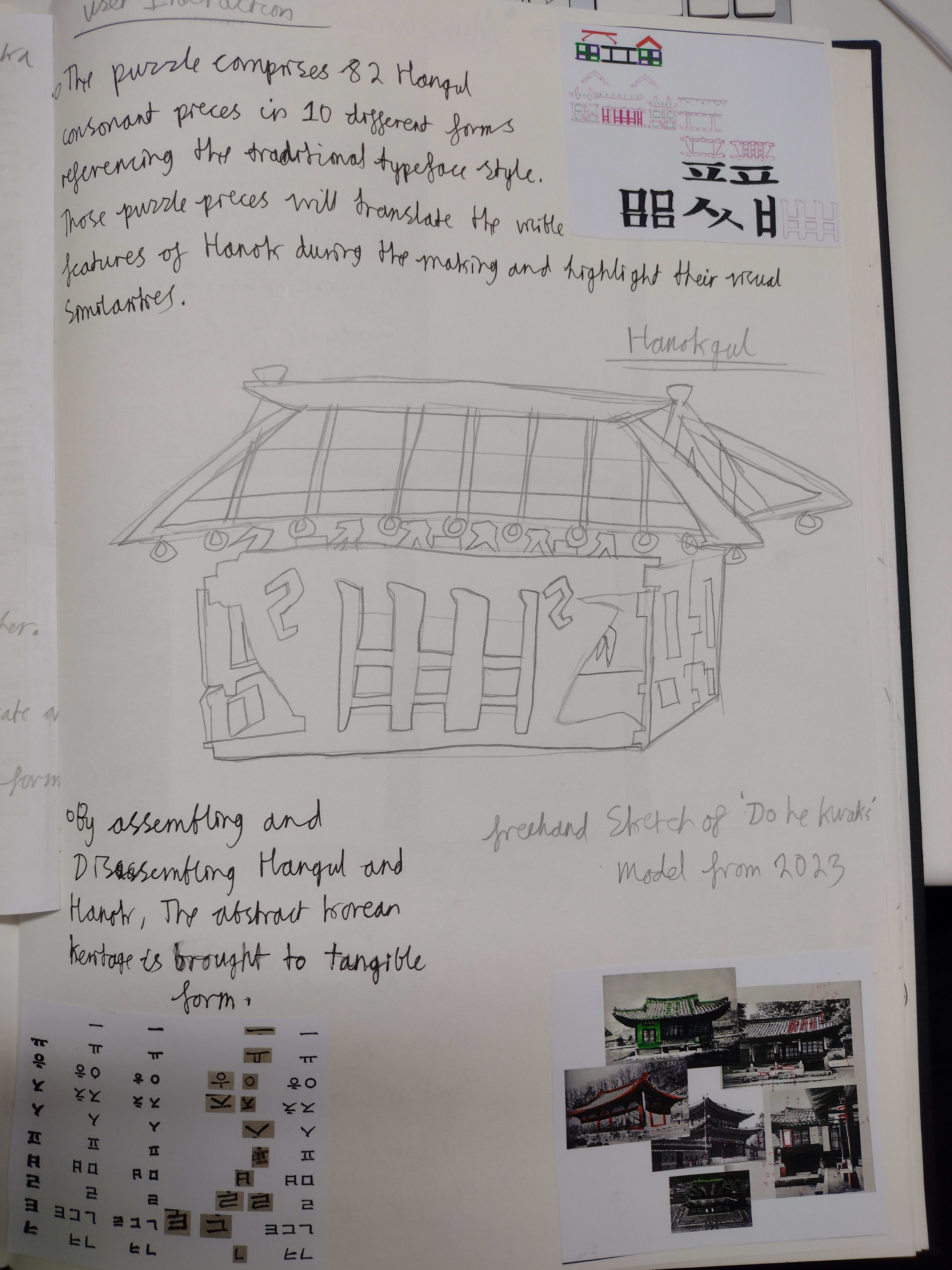
Osapolo Ighodalo, Foundation Art and Design student
Real-world utopias
The name of this project, Heterotopias, derives from a concept devised by philosopher Michel Foucault in 1967 that invites the investigation of the politics of space and potentially offers the closest encounter with a real-world utopia. According to Birch: “Heterotopias are worlds within worlds, questioning the environment in which they are located and offering students a gateway to take an ambitious research-led approach to their design proposals.”
This year’s iteration drew upon the success of the pilot project which launched in 2022.
“The sensitivity with which the students responded to objects from the collection during the pilot run highlighted the significance of the CSM Museum’s commitment to acquiring new alumni works each year through the Graduate Award.” - Gabriel Birch
Object-based learning
Working with the CSM Museum’s Curriculum Development Curator, Dayna Tohidi, Birch sought to integrate object-led research more directly into the project structure for this year’s iteration. In December 2023, foundation students were invited to the CSM Museum for an exclusive tour of the two stores, containing more than 30,000 objects across the landscape of art and design. The next day, the students returned to the study room to take part in an object-based-learning workshop based on the four key themes of this project. From Ruthann Mburu’s project about the versatility of afro-textured hair and Ella Krispel’s graphic design posters exploring the misrepresentation of immigration by British media, to Jahnavi Innes’ embroidered quilts celebrating black history and Sam Rodway Smith’s headpiece protecting civilians from face recognition technology, there was an object that intrigued or resonated with every student.
A recently published case study co-written by Head of the CSM Museum, Judy Willcocks and Contextual Studies Collaborative Unit Leader, Kieran Mahon, highlights that Scott G. Paris was the first to explore museum-based object-centred learning as a distinct academic discipline in 2002. It has the “potential to address troublesome knowledge, make abstract concepts more concrete and develop a range of transferrable skills, including research, analysis and critical thinking.” Associate Dean of Learning, Teaching, and Enhancement, Silke Lange, and Willcocks, both believe that object-based learning makes a significant contribution to the decolonial agenda.
“I found the object-based learning workshop very informative, and I liked how each piece educated us about various types of social injustice,” says student, Charlotte Pearce. However, the object that resonated with Pearce most was Innis’ embroidered textile since it tied into previous research she did regarding the significance of quilting in African American history. Situated within Soho’s Carnaby Street, Pearce’s model shines a light on the contrast between the slow and environmentally conscious technique of sewing scraps of cloth together to form quilts with the Western’s word’s unsustainable fast fashion methods of production.
“I decided to reimagine the shops into interactive and engaging public areas intended to educate visitors about forgotten Black History.” - Foundation student Charlotte Pearce
To support her vision, Pearce also designed a transparent, coloured canopy to line the street, which has the names of prominent black history figures written on it.
“Knowing my work will be displayed at the CSM Museum’s exhibition makes me feel as though I have fulfilled my goal to provide recognition and support towards Jahnavi Inniss' incredible project.” Charlotte Pearce
Fellow student, Osapolo Ighodalo, also feels optimistic about having his work exhibited at the CSM Museum. “This shows how far I’ve already come and how much I've improved since the beginning of the Foundation course,” he tells me. For his model, Ighodalo selected Dohee Kwak’s project, titled Hanokgul, as his source of inspiration. Hanokgul is a puzzle that explores the visual signals in Korean culture by combining two artefacts, Hangul (writing system) and Hanok (architecture). The puzzle comprises 82 Hangul consonant pieces in 10 different forms referencing the traditional typeface style.
“I like the fact that I can admire the visual beauty of this miniature Korean house, despite being unable to translate the Korean symbols displayed on the jigsaw pieces. - Foundation student Osapolo Ighodalo
Drawing on the cultural aspect of Khwak’s work, Ighodalo decided to situate his model in Stratford’s Olympic Park as an ode to the celebration of global cultures coming together at the 2012 Olympics.
“A big limitation I faced during this project was not only the model making aspect, but also the visualisation of the model. It took me a while to think of my idea and even longer to decide on a design approach. To tackle this, I spent most of my time in the wood workshop so I could observe and learn from my peers.” - Osapolo Ighodalo
For Lebanese student, Adriana Kabalan, Krispel’s Imagined Immigration poster series encouraged her to embrace her cultural origins and appreciate home more than she expected. According to the artist’s statement, the handcrafted aesthetics of her posters allow the investigation into the human-made nature of information and point a finger at the British media which holds responsibility for negatively framing the subject of immigration.
“I viewed the FLOOD poster as an object which represented all of societies’ synonyms and definitions of an immigrant, which I am. This led me to create a space which represented my home, where I am not categorised as an immigrant in a foreign country,” - Foundation student Adriana Kabalan.
Consequently, Kabalan created her model with great attention to detail to ensure it reflected the furnishings, images, and objects typically displayed within Lebanese households. “The biggest challenge I encountered during this project was trying to express the small details which make my model authentic to Lebanon within the time frame I had,” she reflects.
“As Foundation at CSM transforms to become a UAL wide provision from 24-25, I hope that this project will be a platform for continued meaningful exchange between Foundation students and the CSM Museum.” - Gabriel Birch.
The CSM Foundation teaching team that facilitated this project are Gabriel Birch, Sarah Harkins and Ursula Dimitriou.
The display in the CSM Museum and Study Collection Window Gallery opens at 2pm on Thursday 25 January with an introductory talk by Gabriel Birch and Dayna Tohidi.
-
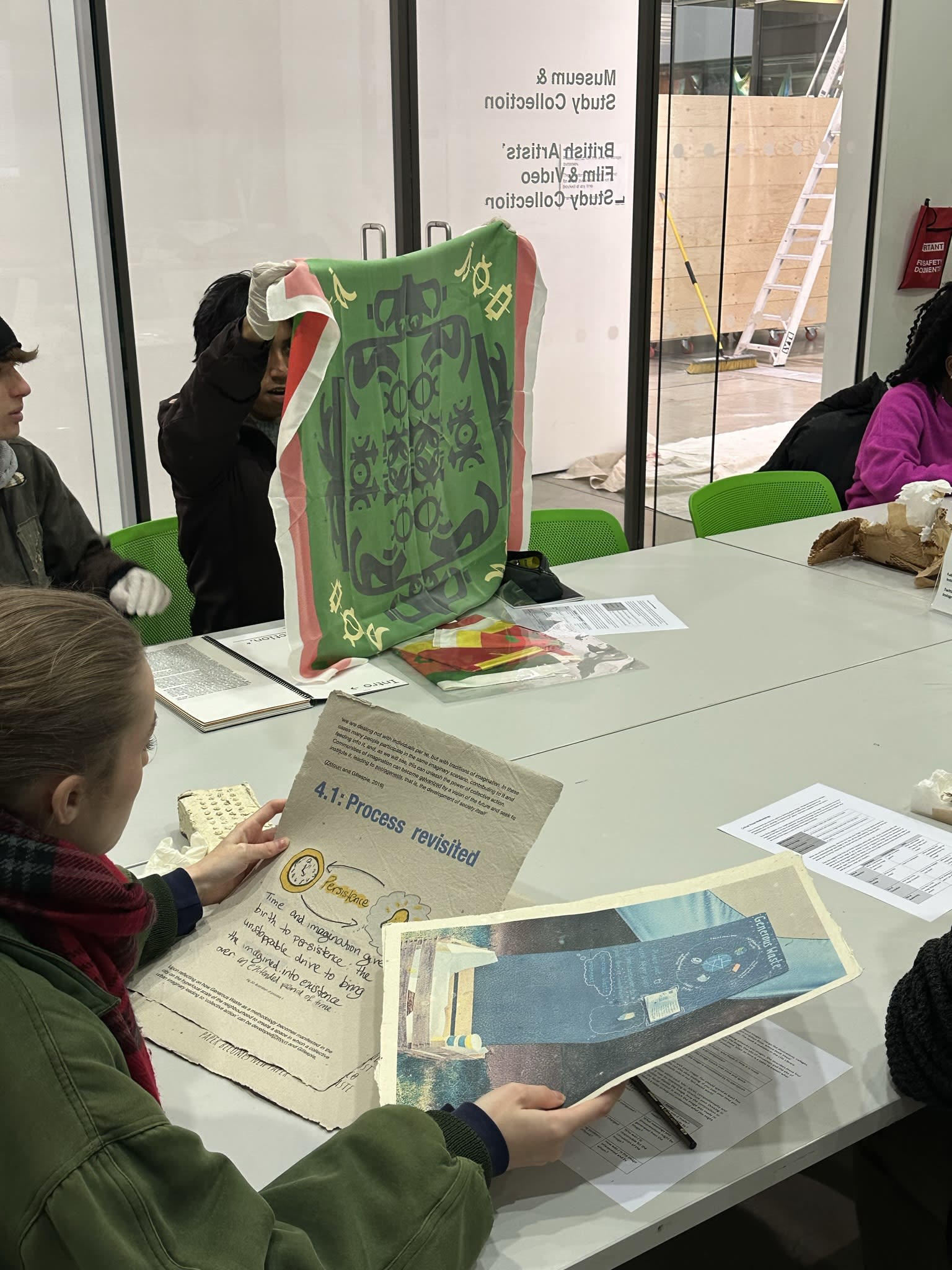
Object-based learning workshops
-
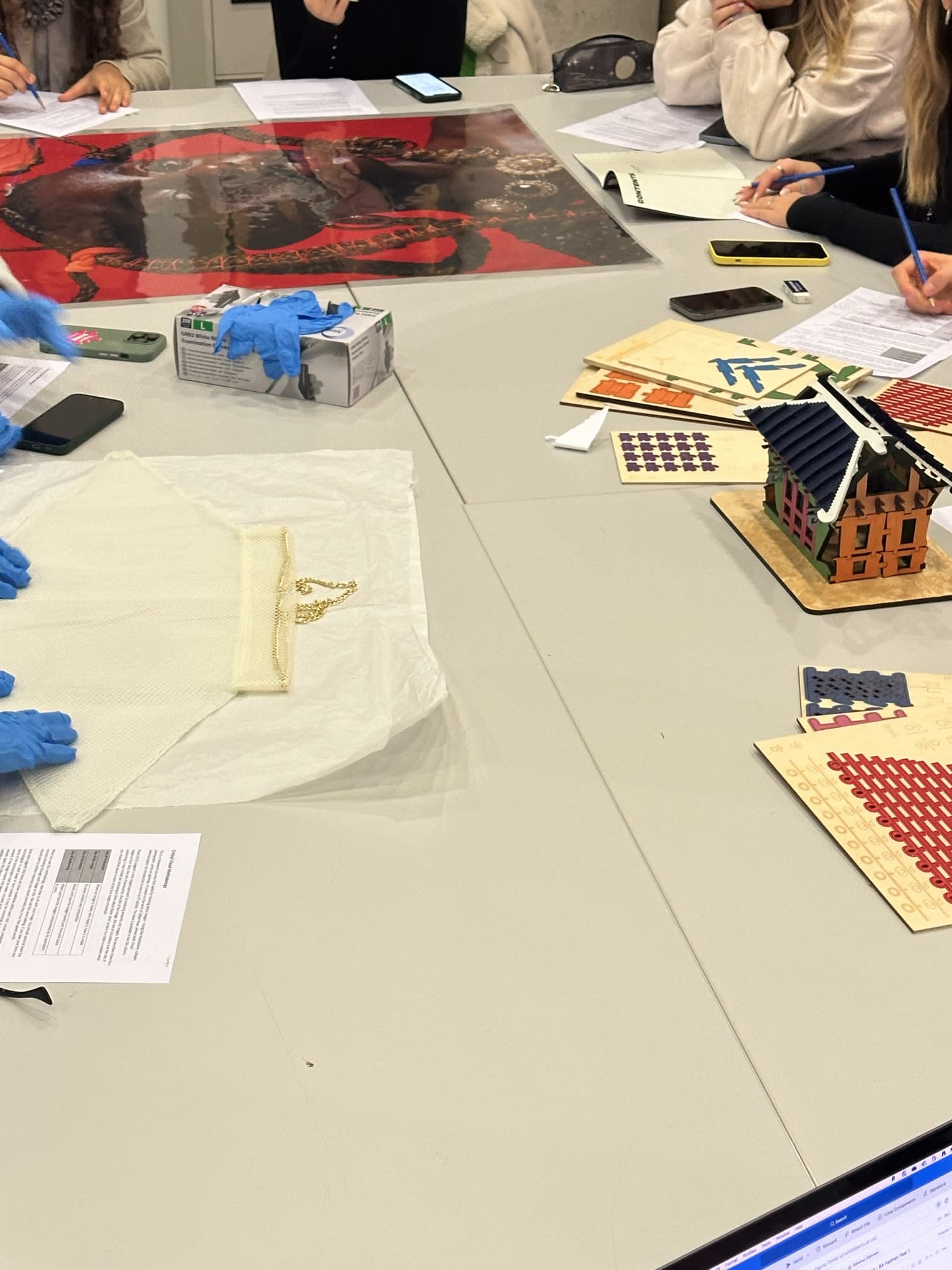
Object-based learning workshops
-
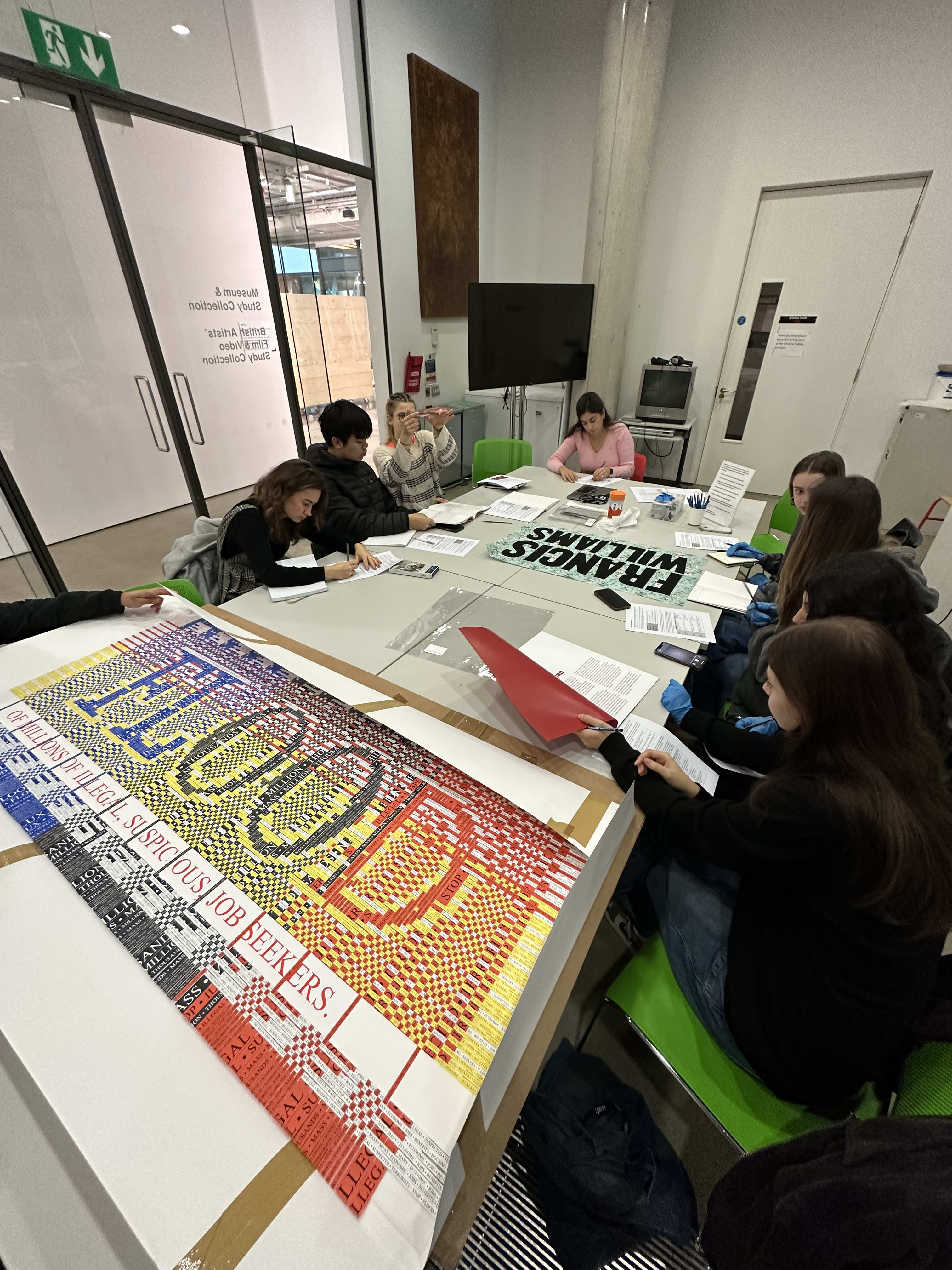
Object-based learning workshops
-
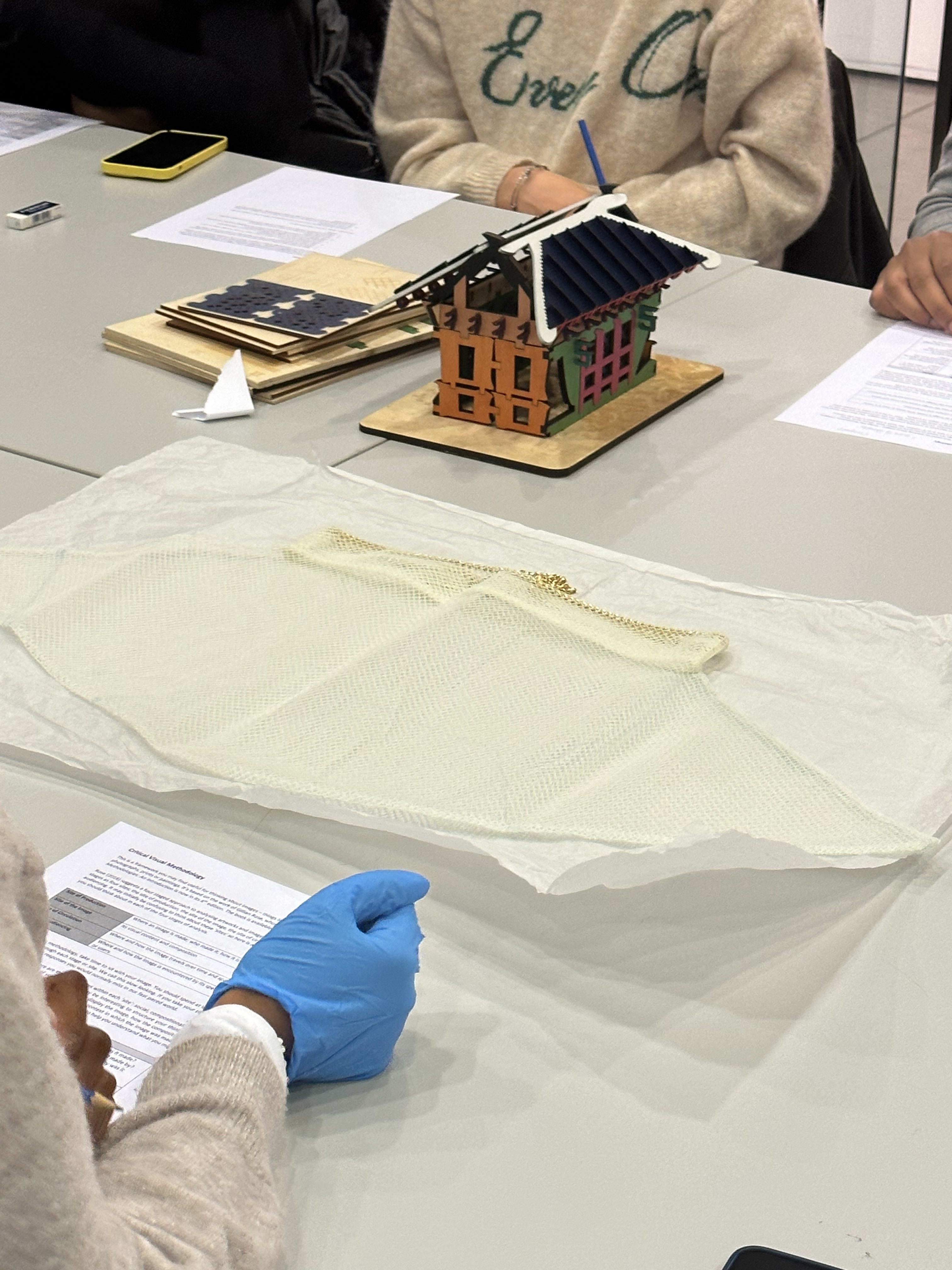
Object-based learning workshops
More
-

'Frankenflowers', Millicent Sutton
-
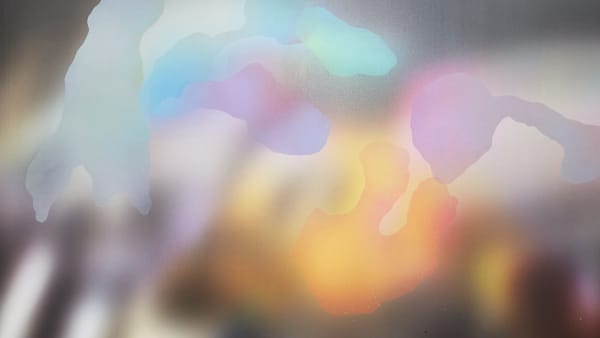
Algerno Mitchell, Foundation Diploma in Art and Design, UAL (previously at Camberwell College of Arts),
, Camberwell College of Arts, UAL
